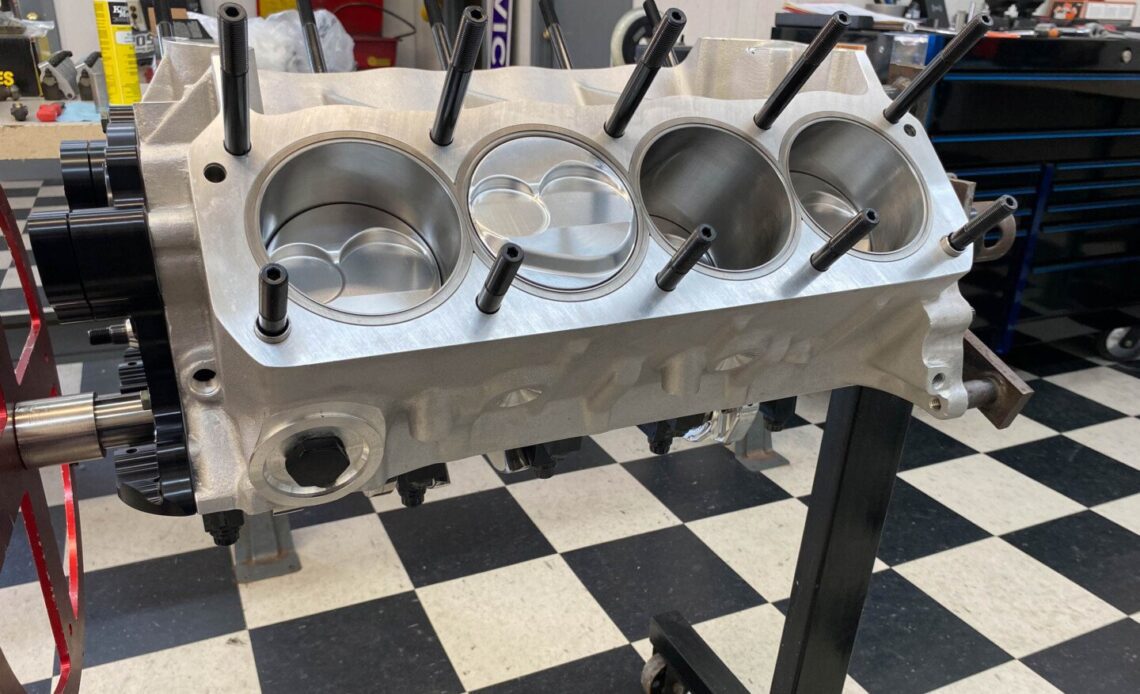Welcome back to the adventure of diverting our children’s college funds into something infinitely cooler! Jokes aside, our Ultra Street project has been a journey, as we transition a former grudge car into the righteous realm of Ultra Street racing. I’d be lying if I said it was an easy trek, as one man’s safety is another’s deathtrap. However, with our chassis and cage fixed in our first installment, it’s time to continue with our engine build.
Ultra Street is an extremely competitive class with each car merely tenths away from each other. To remain competitive takes more than just money; it takes clear-cut knowledge and the proper tools to produce a winning engine combination. No one has more knowledge and time in the small-block Ford world than Jon Bennett. Thankfully, our driver and car owner has spent many race days at the dragstrip with him, making the segue to getting an engine built a tad bit easier.
The Foundation
In Part 1 of our ultimate Ultra Street engine build, we discussed the short block. We employed a cast aluminum solid Carroll Shelby Engine Company block to establish a robust foundation for the engine. The block underwent machining before being fitted with a Callies Magnum crankshaft, Calico Coatings bearings, GRP connecting rods, Diamond Pistons, and Total Seal piston rings. Once Bennett completed the bottom end, it was time to add the top end with a set of heads that could deliver both performance and reliability to last throughout the season, and hopefully beyond.
All Hands On Deck
Unbeknownst to us, aluminum blocks typically have longer thread depths than a steel block. Our Shelby engine block was no exception. Instead of using off-the-shelf bolts to secure our heads, Bennett opted for custom-made head studs. “Almost every aluminum block manufacturer uses different thread depths, including billet and cast blocks. It is imperative to check these depths and order studs accordingly,” Bennett explains. “The longer aluminum studs give more threads than the conventional steel block.”
FlatOut copper head gaskets were used to seal the gap between the block and the heads. “These gaskets are .051 inches thick and match our fire ring system in terms of press fit O-ring into the groove,” Bennett details.
Headed For More Power
Understanding the fundamental principles of an internal combustion engine involves recognizing that the more air we can pump in, the more fuel we can burn, resulting in increased power. So,…
Click Here to Read the Full Original Article at DragzineDragzine…

